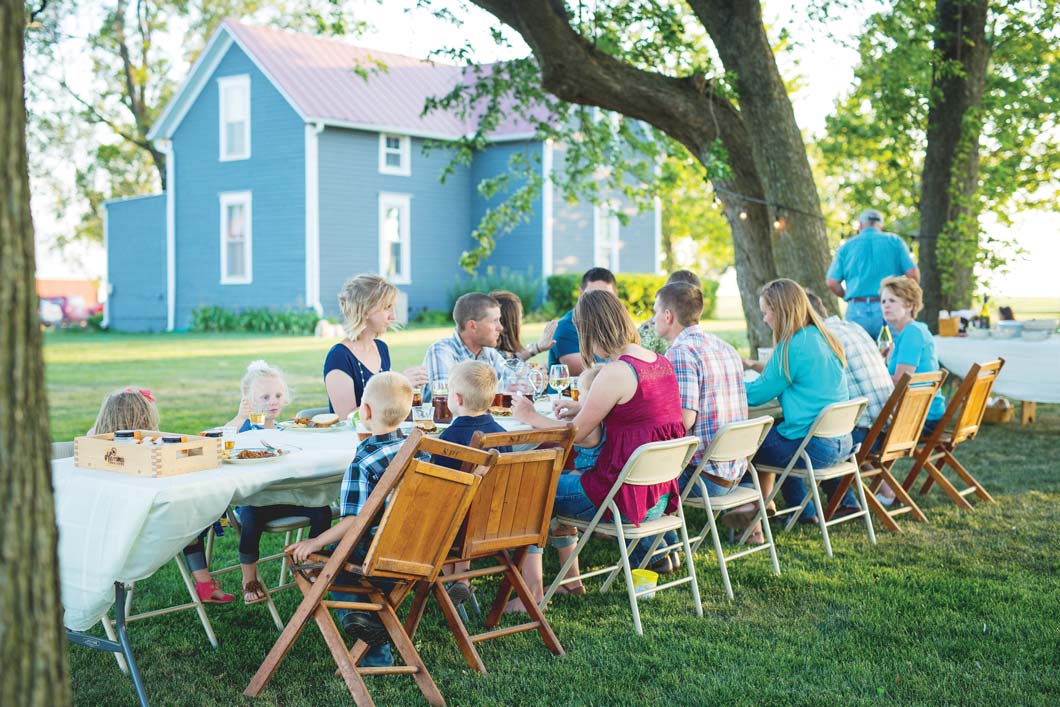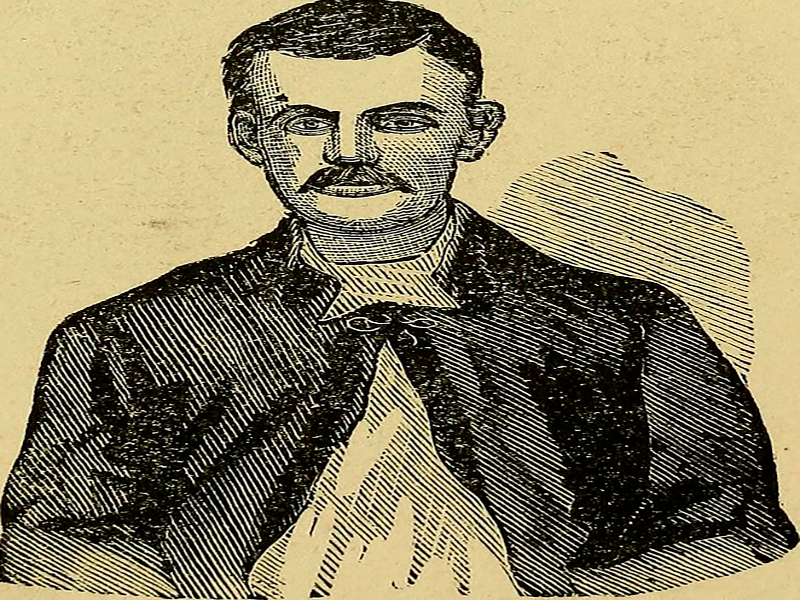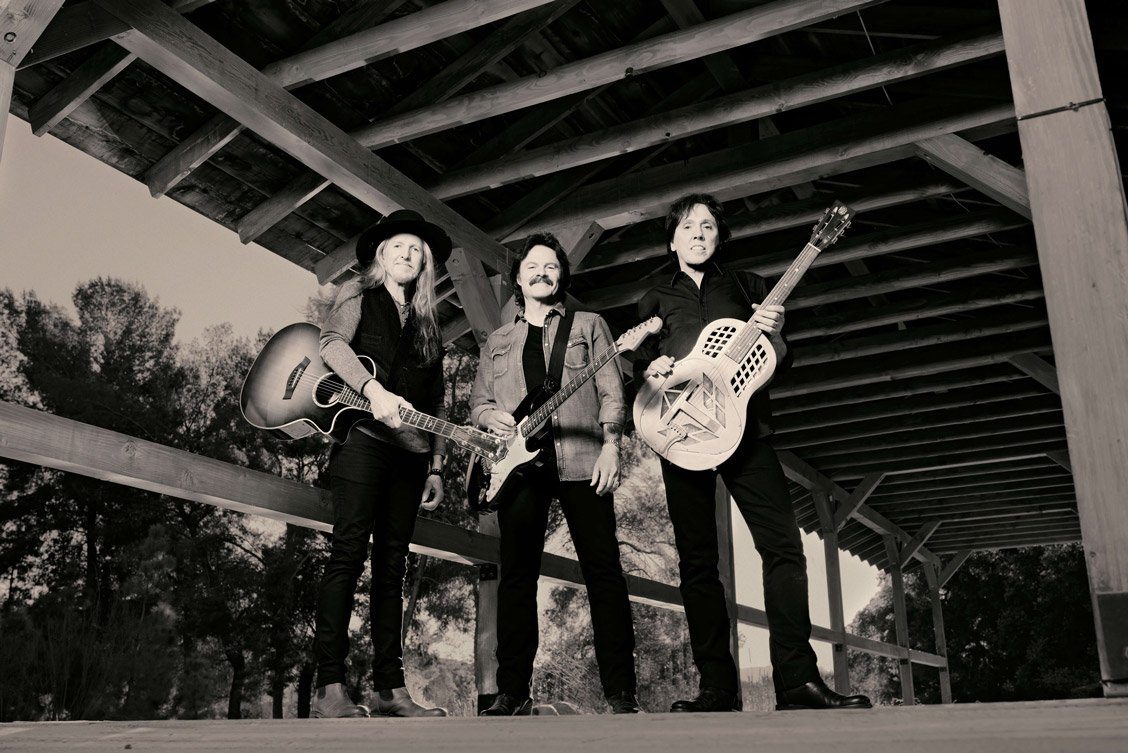This article was originally published in our March 2020 edition.
For many restless and rootless veterans, the post Civil-War west provided a unique opportunity for unbridled outlawry. And while most brigands enjoyed relatively short, unremarkable careers, a handful achieved national prominence and legendary status. Among the rolls of the notorious were the four Younger Brothers of Jackson County.
In the stories told about them during their careers, and in the folk tales of their exploits ever after, the Youngers were often cast in the classic Robin Hood mold. It was an image they worked hard to cultivate, but it was only half true. They did indeed steal from the rich—banks, stagecoaches, and railroad express cars—but, as biographer T.J. Stiles wrote, “There is no evidence that they did anything with their loot except spend it on themselves.”
Rebels With a Cause
Although they sometimes rode with brothers Alexander Franklin (“Frank”) and Jesse Woodson James, the Youngers were a force all their own. Their unofficial leader was Cole. Born Thomas Coleman Younger in 1844, he was a big, burly man who adapted easily to life on the run. He received his training during the Civil War.
Shortly after the war began in 1861, 17-year-old Cole joined the Southern forces as a guerrilla under the infamous William Clarke Quantrill. Too young to enlist, brothers Jim, Bob, and John stayed at home with the family, which included 14 children. Their father, Henry W. Younger, was a prosperous, pro-Union farmer who was against secession despite owning slaves. Henry was shot and killed by Union militiamen in 1862, and the boys’ mother was forced to leave their farm.
“Lost Cause” apologists still romanticize the exploits of Quantrill and his bushwhackers. While their loyalty to the South—or to any cause other than their own—was questionable, the havoc wreaked by Quantrill’s Raiders on soldiers and civilians alike was indisputable. The culmination of Quantrill’s career was his August 21, 1863, predawn descent on the pro-Union town of Lawrence, Kansas. Riding under a black flag used by irregular Confederate units to signal “no quarter,” more than 400 guerrillas slew as many as 200 defenseless men and boys, looted stores and homes, and burned all but five houses to the ground.
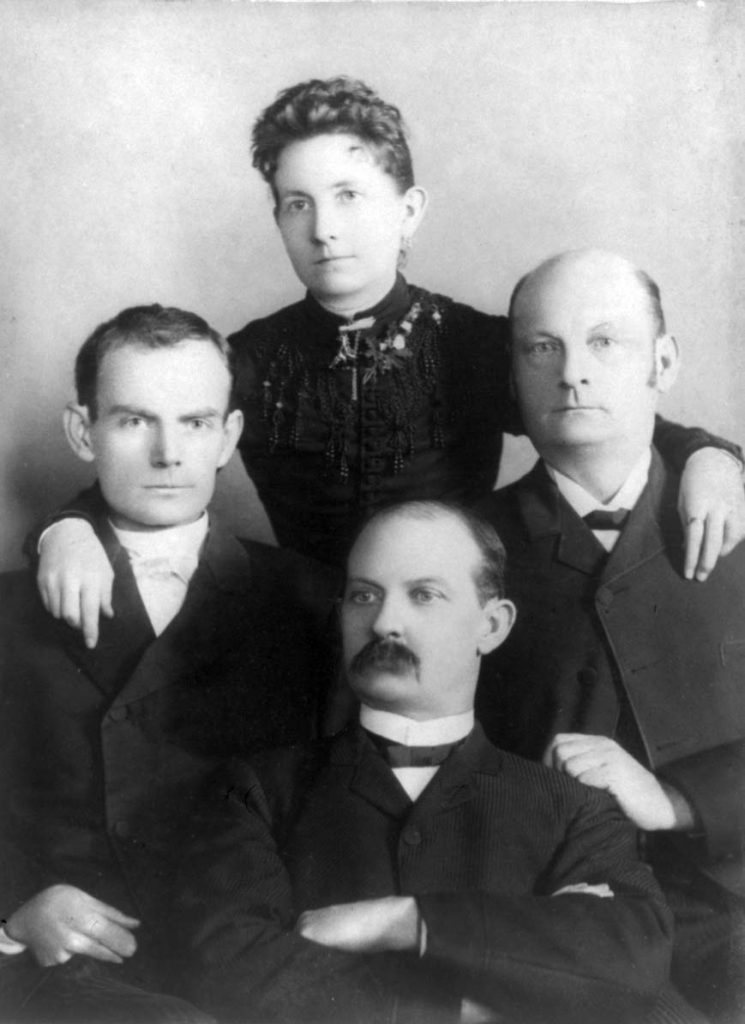
The teenage Cole Younger was an active participant in the wanton devastation and a Quantrill lieutenant. It was a “day of butchery,” Cole recalled. He told an interviewer for North Carolina’s North Wilkesboro Hustler, “There was nothing in my life so thrilling as my part in the raid on Lawrence.”
Although he eventually left Quantrill’s command for the regular army, Cole always considered himself a guerrilla. Alongside his tombstone in Lee’s Summit stands a smaller marker, on which is carved, “Captain Cole Younger Capt. Quantrill’s Co. CSA.”
Hear Ron Soodalter’s rendition of “The Ballad of Cole Younger”
For his part, 16-year-old Jim joined Quantrill’s guerrillas in 1864. After less than a year, he was captured and, narrowly escaping execution, imprisoned until the war’s end.
While three of the Younger brothers lived peacefully for a few years after the war, Cole almost immediately joined the Jameses and other former guerrillas for bank robberies in Liberty, Missouri, and Russellville, Kentucky. By the early 1870s, all four Youngers were robbing banks and trains in a multi-state radius. Cole later claimed the brothers never robbed a Missouri bank. True or not, the Youngers had no qualms about trains and stagecoaches in their home state.
Life Outside the Law
Cole would always maintain that they were forced into a life of crime by mobs intent on lynching them and by the harassment of Yankee lawmen. “They kept accusing us until they drove us into it,” Cole told a reporter for the Honey Grove Signal of Texas in 1915.
Although this was the standard defense of bandits of the period, including Jesse James, there is no question that the Youngers had been sorely provoked. Their father had been murdered, their mother driven from their home and into an untimely grave, and the family farmhouse burned. Cole and Jim had chosen to vent their rage by riding under the black flag. But once the war ended, most veterans, many of whom had also suffered terrible personal loss, put away their weapons and made peaceful lives for themselves.
The Youngers chose a different road. As the Kansas City Times reported in 1881, “They continued the war after the war ended.” For the brothers, two of whom had been trained in the particulars of the surprise attack and swift escape, life outside the law was more exciting—and more lucrative—than trudging behind a plow. Late in life, Frank James could have been speaking for all postwar outlaws when he told a Pittsburgh Press reporter, “I’d rather have all the pain and danger and trouble than to be just a plain farmer.”
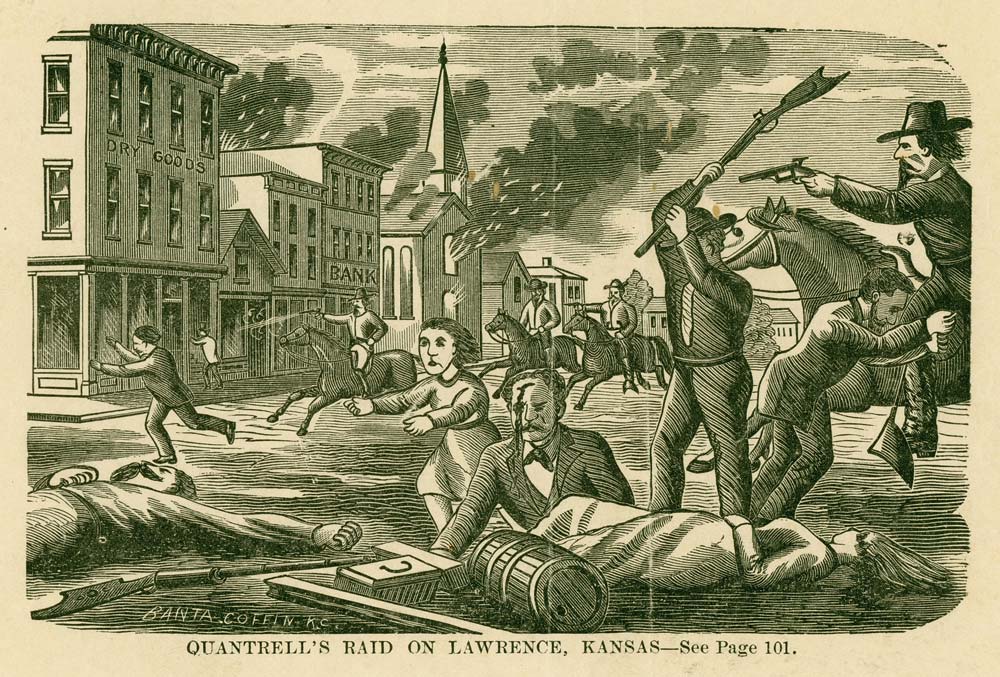
Both the Youngers and the Jameses claimed to be the first to rob an American train, but that distinction belonged to the Reno Gang of Indiana. Nonetheless, train robbing was the Missourians’ profession, and they were adept at it.
Stopping a moving train presents a challenge. The James and Younger brothers would simply pile rocks or ties on the track at a remote spot, use a lantern wrapped in red cloth to flag down the train, and hold it there while other gang members entered the express car, either through persuasion or force, and take whatever loot was being transported by Adams Express or Wells Fargo.
Sometimes the process was more brutal. In July 1873, the Youngers and the Jameses pried up the rails along the Rock Island line between Omaha and Des Moines, sending the train careering o the track and killing the engineer. The bandits’ take was a little less than $2,400 (around $46,000 today), and less than half the reward that the railroad then oered for the gang’s apprehension.
The bandits matched their proficiency as highwaymen with a mastery of public relations—especially Cole and Jesse. When they walked the cars robbing passengers, the bandits would inspect the men’s hands and, if they were calloused, dramatically announce that they did not rob working men. The same went for widows and Confederate veterans. On more than one occasion, they proclaimed, “We rob the rich for the poor.”
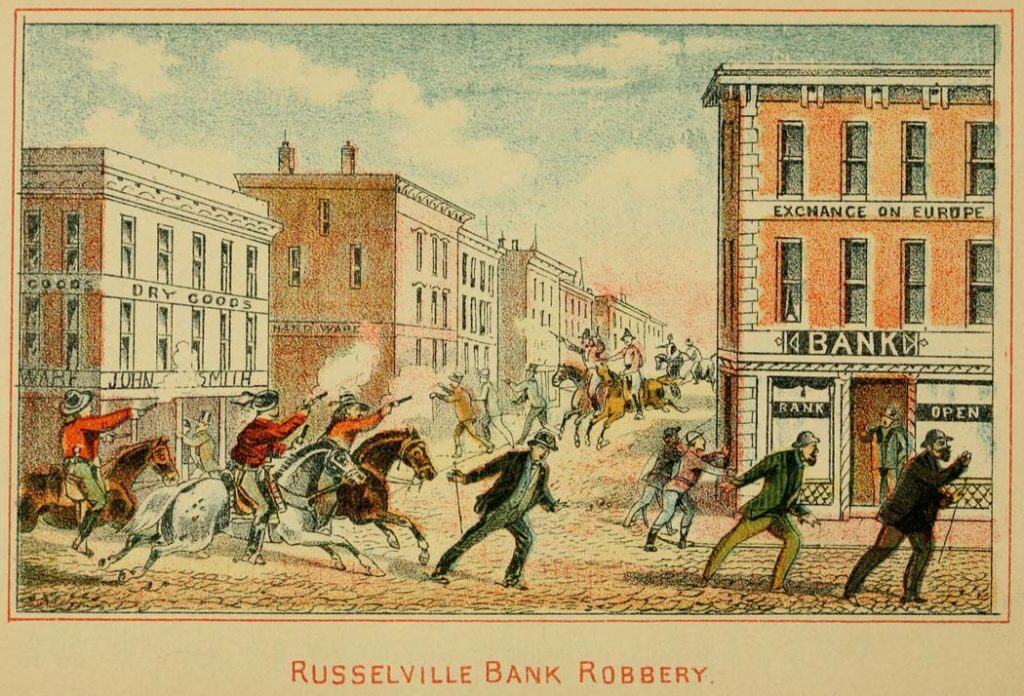
While trains could be robbed far from settlements, banks were another matter. Banks were generally in the center of a community, so the gang had the populace to consider. While some of the robbers would enter the bank, others remained outside, mounted and brandishing their weapons. Should the townspeople arm themselves, the bandits did not hesitate to fire. So it was in Russellville, Kentucky, where the gang rode o with $12,000 and left a citizen dead in the street.
Despite the occasional victim fatalities, the “boys” soon achieved legendary status, aided by Southern newspaper editors still fighting a Civil War of words. One described them in print as “men who might have sat with King Arthur at the Round Table.” And while Northerners might look askance at the gang’s depredations, Southerners still smarting over the recent Union victory eulogized these avenging “knights” who preyed upon the Yankee railroads and the heartless bankers who held mortgages on their farms and businesses.
A Costly Mistake
Life outside the law could come at a price. After the Russellville robbery, Pinkerton National Detective Agency operatives tracked gang member Oliver “Ol” Shepherd to Lee’s Summit and shot him dead. In March 1874, John and Jim Younger encountered three lawmen while riding between Roscoe and Osceola. John, the youngest brother, was killed in a gunfight, along with two Pinkerton agents.
A despondent Jim soon quit the gang and moved to California. Described as a “quiet, well-mannered man” by a biographer, Jim was the least inclined of the brothers to lead an outlaw’s life. He lived respectably until late summer 1876, when Cole summoned him for one more job. Despite misgivings, Jim returned. It was the worst mistake he ever made.
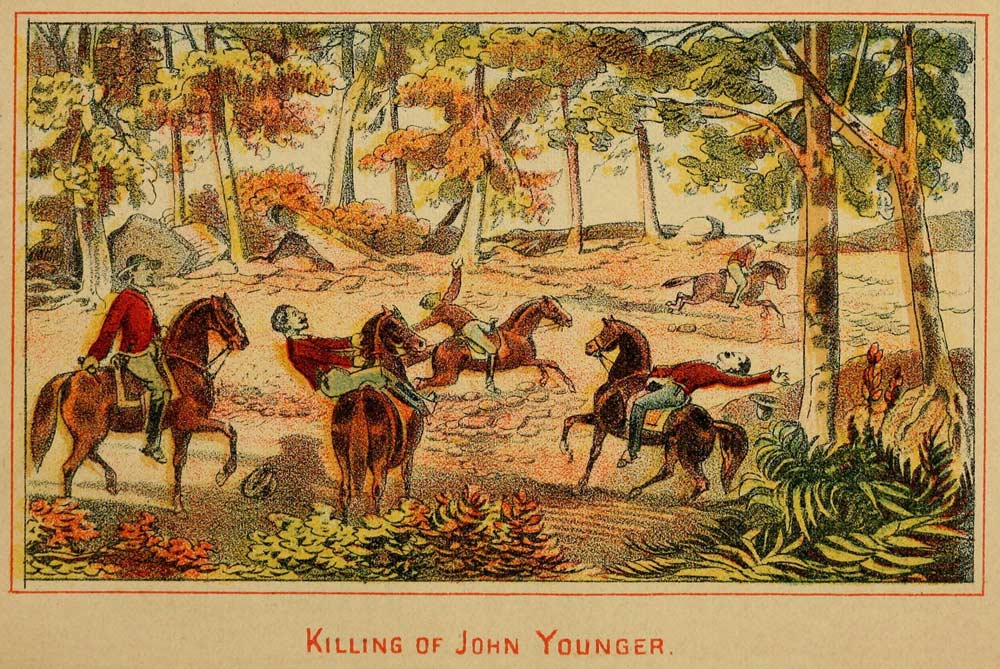
The combined James and Younger bands planned to rob the First National Bank of Northfield, Minnesota, after receiving intelligence that a wartime enemy had an interest—and cash—in it. They had never worked so far from Missouri, but the double lure of revenge and a big score proved irresistible.
Cole, Bob, a reluctant Jim, the James brothers, and three other accomplices set out for Minnesota. On September 7, the eight heavily armed bandits rode into Northfield.
What followed was a fiasco. While the others remained on guard outside, Frank, Jesse, and an accomplice entered the bank and demanded the contents of the safe. Bank officer Joseph Lee Heywood said it had a time lock and wouldn’t open. Furious, Frank James bludgeoned the defenseless Heywood, then shot and killed him. The robbers left with $26, only to encounter an armed and aroused populace.
In the blistering gunfire that followed, another Northfield resident was fatally shot, almost certainly by Cole. All three Youngers were wounded, and two of their three accomplices were killed outright. Residents who lacked firearms threw rocks at the surviving outlaws as they galloped out of town.
Deprived of the one member who knew the countryside— he lay dead in Northfield’s Division Street—the gang wandered blindly for two weeks, soaked by constant rain and pursued by hundreds of posse members. Jesse and Frank left their injured cohorts and struck out on their own, stealing horses as they went, and made it to Missouri.
The Youngers and their surviving accomplice were finally cornered in a marshy backwater, where the brothers were shot several more times and their comrade killed. Finally, Bob waved a white handkerchief and shouted to the posse, “I give up! The rest of the boys are all shot to pieces!”
The brothers, horribly wounded and suering from hunger, exposure, and blood loss, were hauled into Madelia, Minnesota, in a lumber wagon. As the wagon rolled into town, the locals cheered their capture, whereupon Cole— who had been shot 11 times—struggled to his feet, waved, and bowed. Recalled one resident, Cole “may have been an outlaw, but many of us that day admired his nerve, for he was a man who could take it on the chin and still smile.”
Miraculously, all three Youngers survived to face trial. Charged with murder and robbery, the brothers expected to hang. But Minnesota law allowed that if they pleaded guilty, the state would be spared the expense of a jury trial and the defendants would be spared the noose. Cole, Jim, and Bob were sentenced to life at hard labor in a territorial prison at Stillwater, Minnesota.
By all reports, the brothers were model prisoners—Cole even built a prison library—until July 1902, when Cole and Jim were granted parole. Bob had died several years earlier.
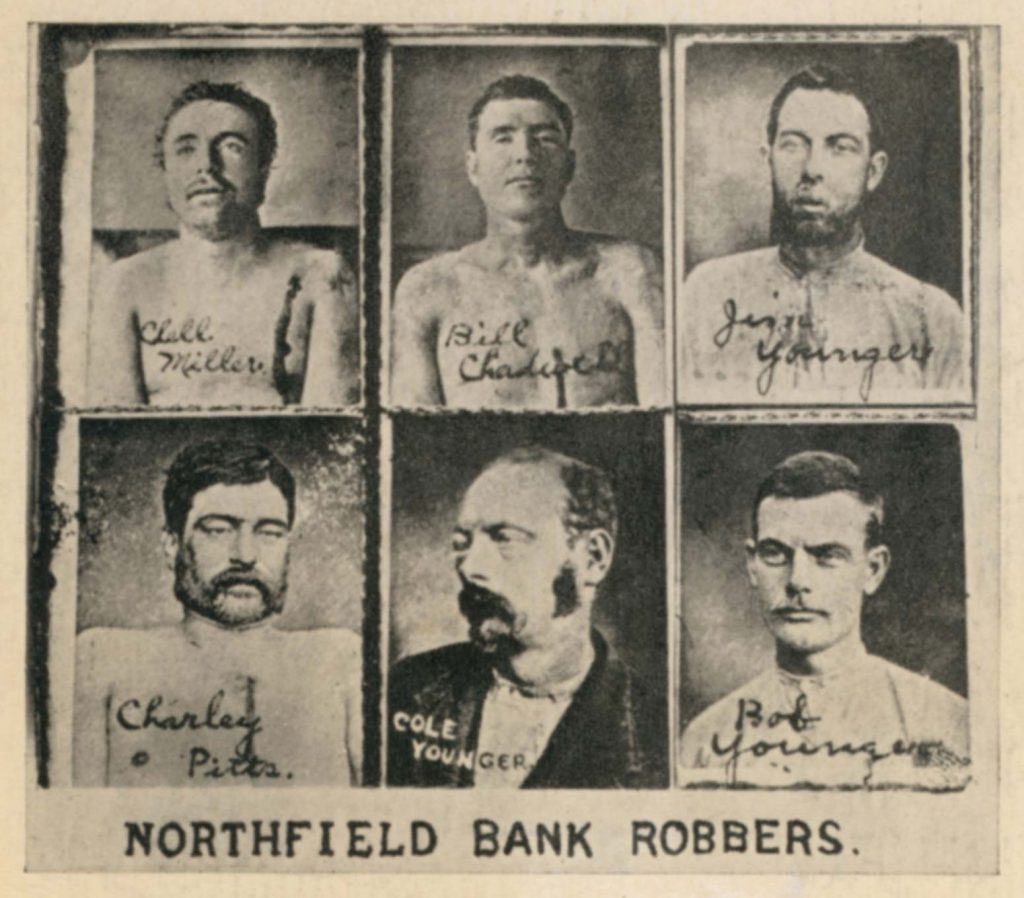
Reputation Rehab
Upon leaving Stillwater Prison, the aging Cole discovered a world vastly changed in the past quarter century. The West he knew was becoming mythologized, exploited by such showmen as William F. “Bualo Bill” Cody. Sensing opportunity, Cole called upon Frank James—who was never extradited to Northfield for the killing or convicted of anything else—and they put together a traveling frontier show.
The “Great Cole Younger and Frank James Historical Wild West Show” lasted a year. A Maryville newspaper decreed, “The show is without exception the poorest ever seen in our city.” Attendees were unhappy that neither man appeared in the show, preferring to direct from behind the scenes.
The Younger name still turned a dollar, however, through highly sensationalized and fictionalized pulp publications.
Cole told his version in The Story of Cole Younger: Being an Autobiography of the Missouri Guerrilla Captain and Outlaw … by Himself. “It is my purpose,” he wrote in the introduction, “to give an authentic and absolutely correct history of the ‘Younger Brothers,’ in order that I may, if possible, counteract in some measure at least, the harm that has been done my brothers and myself.” The account is rife with distortions and falsehoods, crafted to arouse sympathy for a band of brothers the war and an unjust society drove to outlawry. After holding various jobs—including tombstone salesman and production head of a railroad—Cole embarked on a successful nationwide lecture tour. A gifted storyteller, he railed against drink and outlawry. According to a Denton, Texas, newspaper, “His talk was entertaining as well as instructive and was thoroughly appreciated by all present.”
With the money he earned on the lecture circuit, Cole bought a house in Lee’s Summit that he shared with a niece. He had apparently undergone a transformation in prison, and in 1913, he joined the Christian Church of Lee’s Summit and declared himself a “confirmed Christian.”
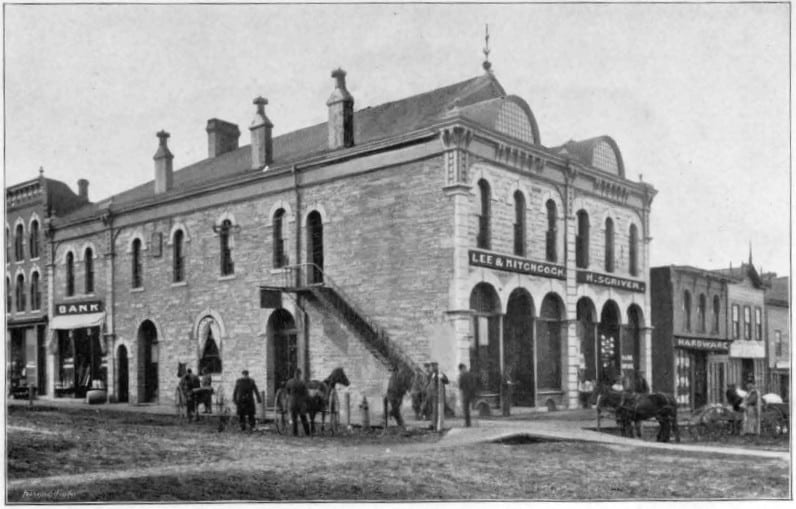
Cole was one of the rare outlaws of the late 1800s to reach old age. By his own count, he had been struck by bullets 20 times, 11 at Northfield alone. He survived 25 years in Cell 64 of a dismal maximum-security prison. Yet Thomas Coleman Younger died peacefully in bed, surrounded by friends, at the respectable age of 72.
His siblings were not so fortunate. By the time Cole died, John had lain in St. Clair County soil for more than four decades, shot from his horse at 22. Bob had wasted away in prison, dying of tuberculosis at 35. And the docile Jim, who had survived a half-dozen gunshots, had turned his gun on himself at 54, a year after he was paroled. Apparently, the terms of his release forbade him to marry his sweetheart. In a suicide note, he wrote, “Last night on earth. So good-bye, Lassie, for I still think of thee.”
Related Posts
The Hemme Brothers Make Their Cheeses From Field to Barn to Table
For more than a year David Hemme and his four sons—Jon, 33, Nathan, 31, Michael, 28, and Aaron, 23—have been turning milk into handcrafted artisanal cheese at Hemme Brothers Farmstead Creamery.
January 15, 1844 is the Birthday of Cole Younger
January 15, 1844, is the birthday of guerilla fighter and outlaw Cole Younger from Lee’s Summit.
The Doobie Brothers Donate $22,000 of Music Equipment to Van Buren High School
Jeff Chapman is in his first year teaching music at Van Buren but before he started teaching, he was a musician. “I started out playing in the same room I’m teaching in,” he says. After graduating from Van Buren High School and briefly playing in his father’s bluegrass band, Jeff spent a few decades on the road with touring bands.

